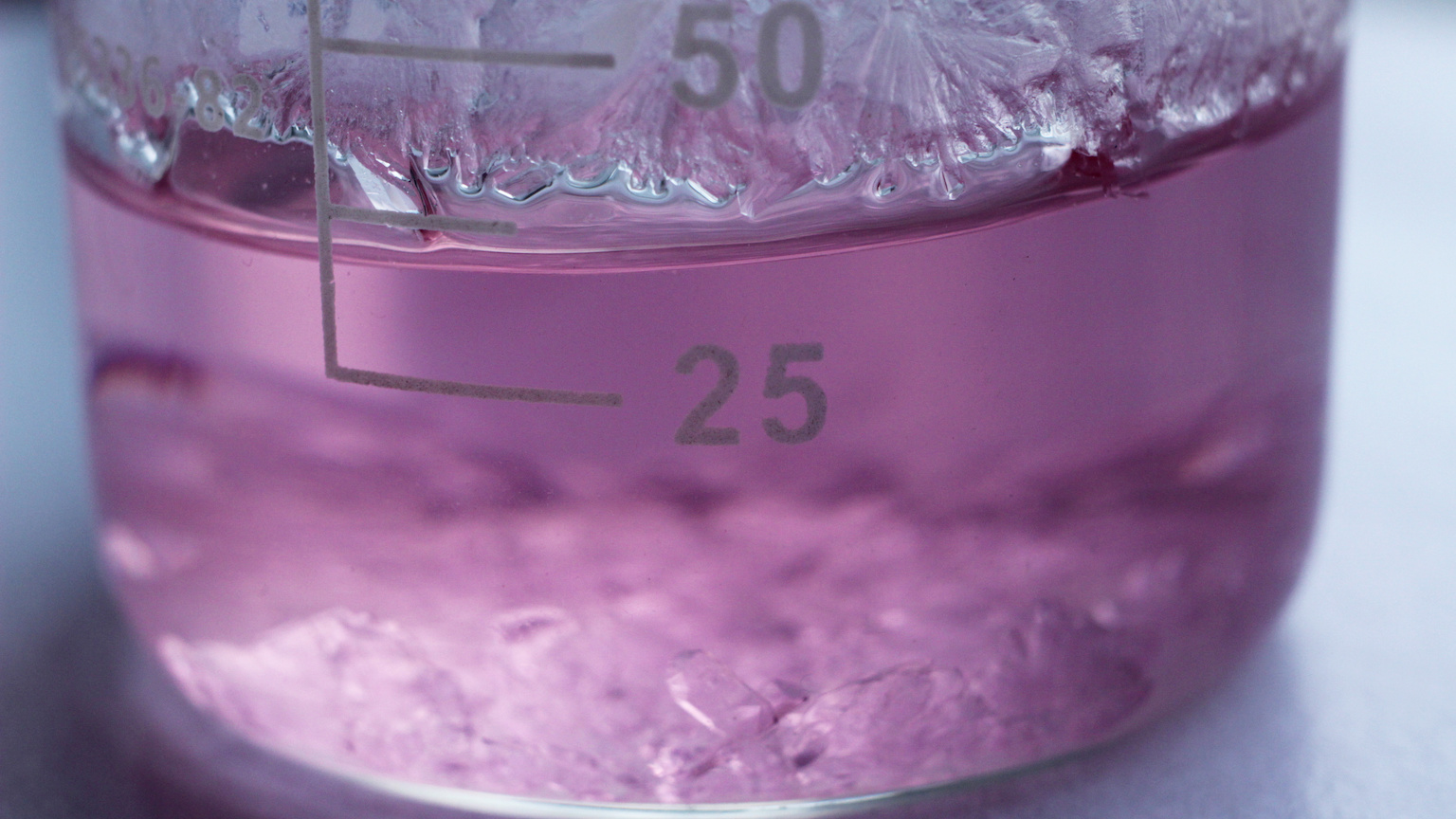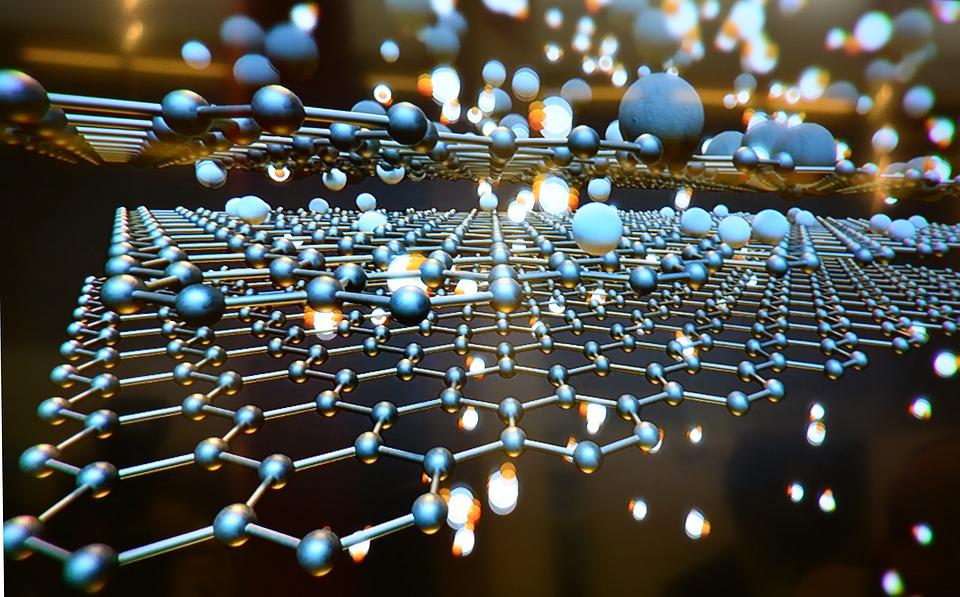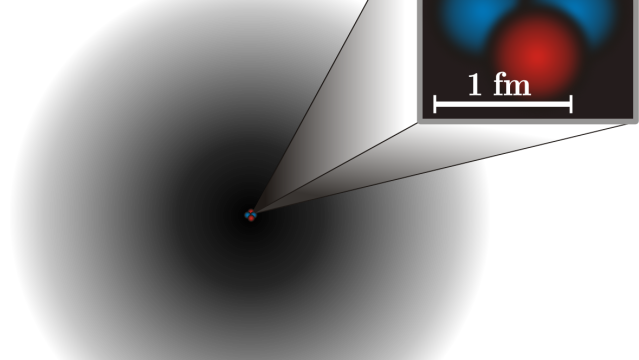Musical molecules: A new language for chemistry

- New research uses music as a model for translating the properties of organic molecules.
- If such musical applications can bridge the gap between the textual transcriptions that machines prefer, and the visual models used by most humans, they could prove extremely useful.
- The use of music opens up new ways for students to learn concepts in chemistry.
Poets and writers have long considered music the language of love. Scientists now suggest that music could be used as the language of chemistry — or, to be more precise, the language of molecular structure.
In a preprint paper published on ChemRxiv, researchers from the University of Michigan demonstrated a technique to convert the molecular structure of organic molecules into musical compositions. This is more than just a fascinating interplay of science and the arts — it has utility because music is a format that humans and machines alike can interpret.
High-dimensional representation
From your high-school chemistry lessons, you might remember drawing organic molecules as complex arrangements of rings and chains. The skeletal representation, as it is known, is a great way to visualize molecules. A quick glance will tell you the kind of molecule and its defining characteristics.
However, computers are much better at parsing text than interpreting visual representations. This is why professional chemists generally use textual formats to represent molecules. These formats have funny names like SMILES and SMART, and they encode chemical structures as long sequences of letters and digits.
Benzene, an organic compound with six atoms each of carbon and hydrogen, is most popularly drawn as a ring within a hexagon. Compare that to how the ring-like molecule is written in machine-readable formats. Depending on the particular chemical file format, chemists write benzene as c1ccccc1 or C1=CC=CC=C1or C[1]H:CH:CH:CH:CH:CH:@1.
These transcriptions only cover 12 atoms, yet they are already gibberish to us humans — or at least to most of us. It only gets weirder with larger molecules that bind together more atoms. None of this inspires a curious chemist’s imagination in the same way visual representations do. However, it is a much denser format for transmitting chemical information: A complex structure that would fill a whole blackboard when drawn can be represented with a few dozen characters.
A medium that pairs the information density of these file formats with the accessibility of visual representations would hit just the right note. And that’s why chemists are now turning to music. Not only is music a beloved medium, but it is also high-dimensional: Every single second of a song has its own pitch, tone, and rhythm.
Translating molecules into music
The technique described in the preprint is called molecular sonification. Put simply, it is the use of audio to convey molecular data. It is a subcategory of data sonification, a technology already used in detecting heart diseases, tracking neutron stars, and improving the analysis of high-dimensional data.
The method reported in the preprint starts by assigning musical keys to molecules based on the molecules’ physicochemical properties. The encoding algorithm sums properties such as molecular mass, hydrogen bonds, and partition coefficients, and it translates these into one of the 12 major musical keys. The arrangement of atoms determines the melody of the composition. The decoding process reverses the steps, generating one key for each chemical structure.
To explore how useful their algorithms are, the authors then checked whether molecules that met Lipinski’s rules sounded different from those that did not. Lipinski’s rules are a set of four guidelines, at least three of which must be met in all orally active drug compounds. These conditions describe certain physicochemical characteristics of molecules, such as their mass or their number of hydrogen bond acceptors.
The songs for the two sets of molecules were audibly different. Molecules with similar chemical properties turned into songs set in similar musical keys. The researchers behind the study also generated new molecules by creating new melodies on a keyboard, as well as by using music AI models.
Finally, a group of undergraduate students was asked to identify songs that sounded similar to four test songs. For three of these, most students picked the songs that were generated from the most chemically similar molecules.
What is it good for?
Music is highly interpretable, and it also encourages interactivity and creativity. Its use opens up new ways for students to learn concepts in chemistry. Imagine manipulating chemical structures by playing around with musical hardware or software.
Moreover, molecular sonification makes the structures of molecules accessible to blind chemists and students. As an effective tool for visual-to-auditory sensory substitution, it brings the joy of assembling atomic and molecular models to persons with vision impairments.
In recent years, AI models have gained prominence in the design and development of drugs and other chemicals. Molecular sonification could fine-tune these models to find desired chemicals faster. For instance, in a protein-design study, researchers converted protein sequences to audio compositions and used AI to map musical patterns to protein architectures. Generating new audio compositions and translating these back to protein sequences created novel proteins.
Molecular sonification isn’t just for chemists — it has something to offer musicians and music researchers as well. Machine-learning models generally require a large amount of data to train. Converting molecules into music provides rich musical data to train AI models for music generation.
There seems to be a lot of music in the futures of AI, chemistry, and data visualization. Stay tuned for more of it.





